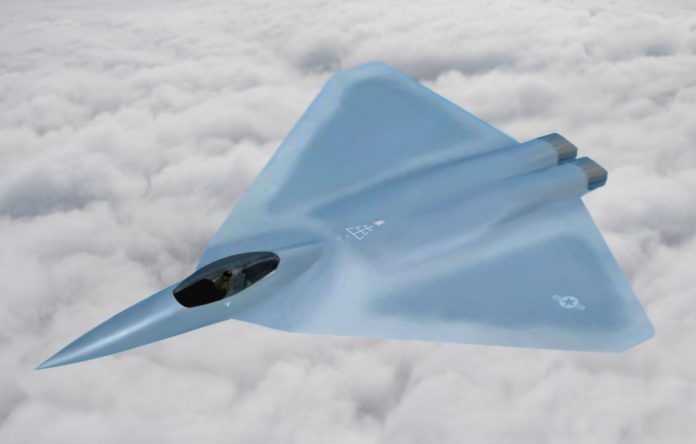
Throughout aviation history, certain aircraft have left an indelible mark on subsequent designs, even though they never took flight.
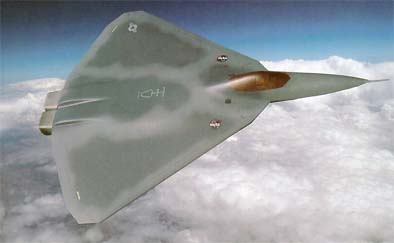
One such concept that has continued to shape the U.S. approach to next-generation combat aircraft is the X-44 Manta—a project that, though it remained grounded, brought forth innovations set to define the upcoming era of stealth fighters.
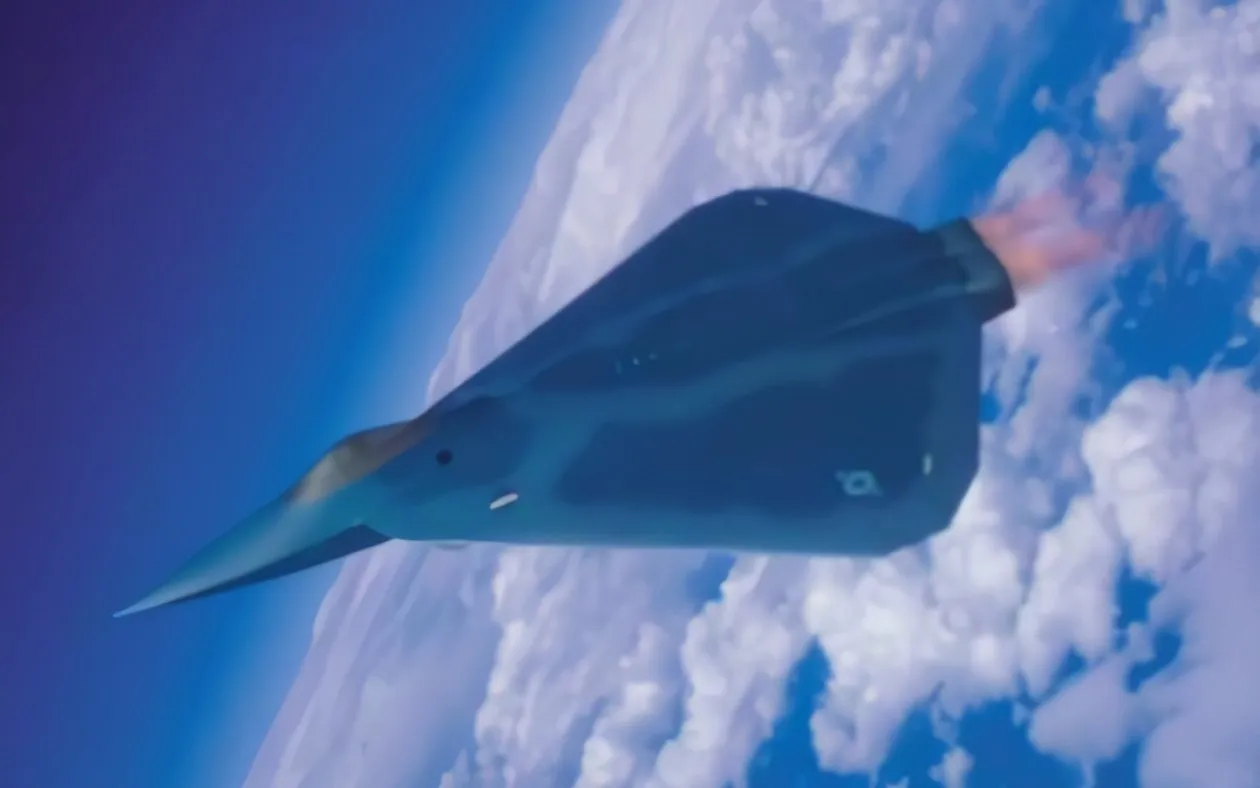
The X-44 Manta, developed in 1999 by Lockheed Martin and later in partnership with NASA, stands out as a testament to advanced aeronautics with its Multi-Axis No Tail Aircraft design.
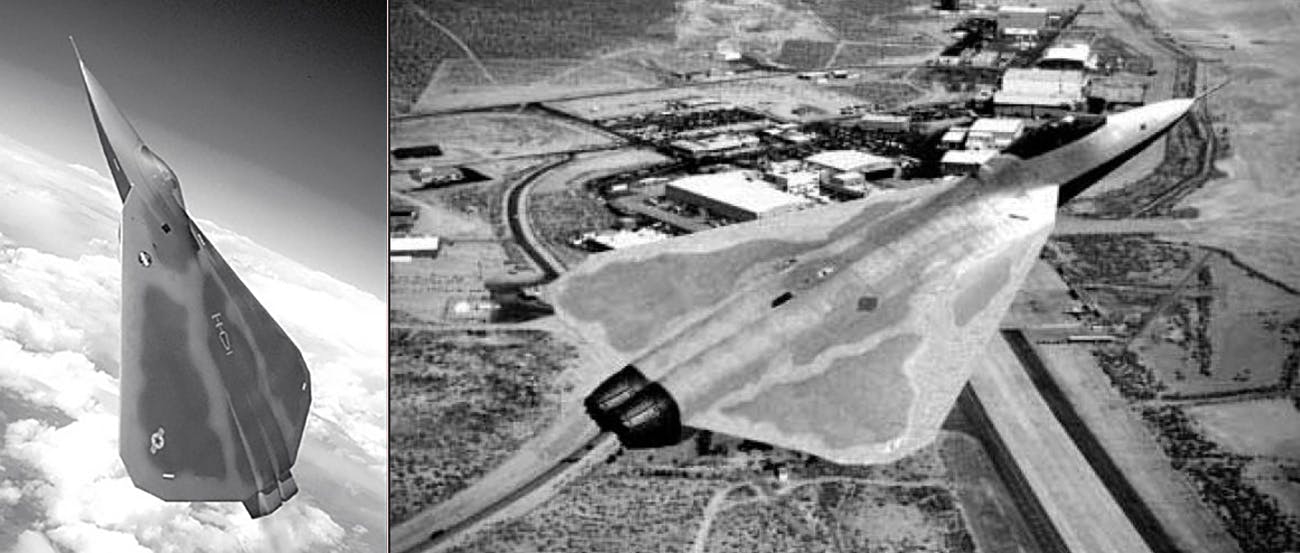
The distinctive delta-shaped form, devoid of a conventional tail section, promised enhanced stealth capabilities and maneuverability through thrust vector control.

“The X-44 Manta never made it past a design concept, but its short life influenced later stealth designs that may be taken up by the U.S. NGAD,” underscores the significance of an aircraft that could have outshone its stealthy successor, the F-22.
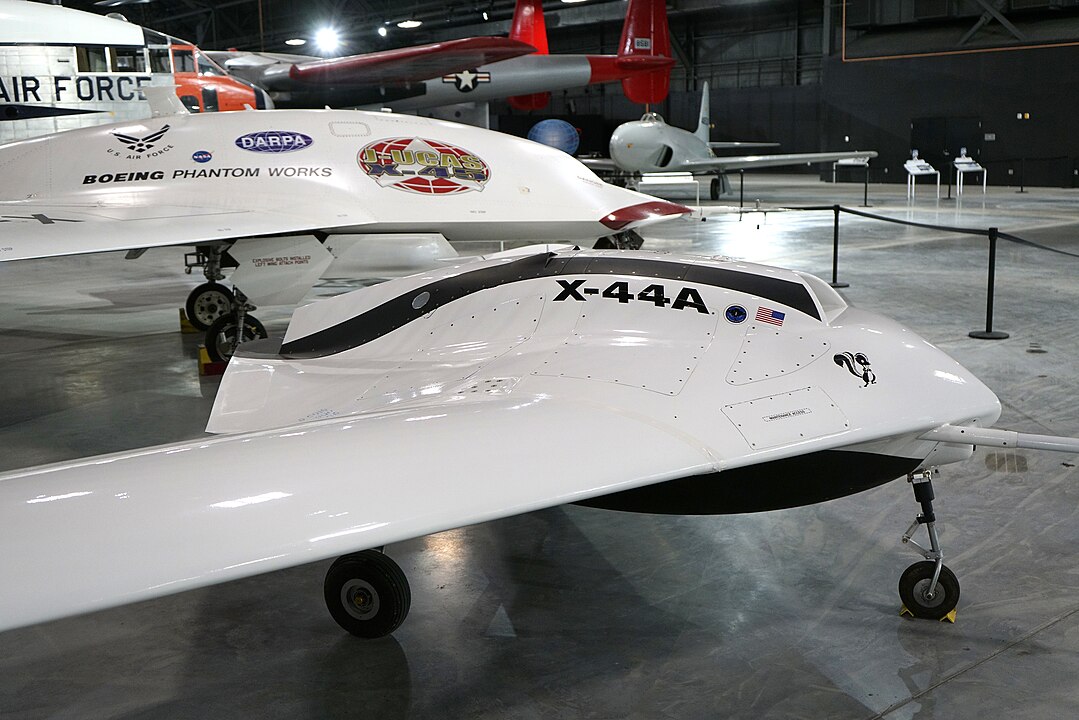
Lockheed’s X-44 was projected to dazzle with its stretched-delta design and enviable specifications.

Such as reaching speeds of 1,500 miles per hour and a 49,000-foot ceiling.
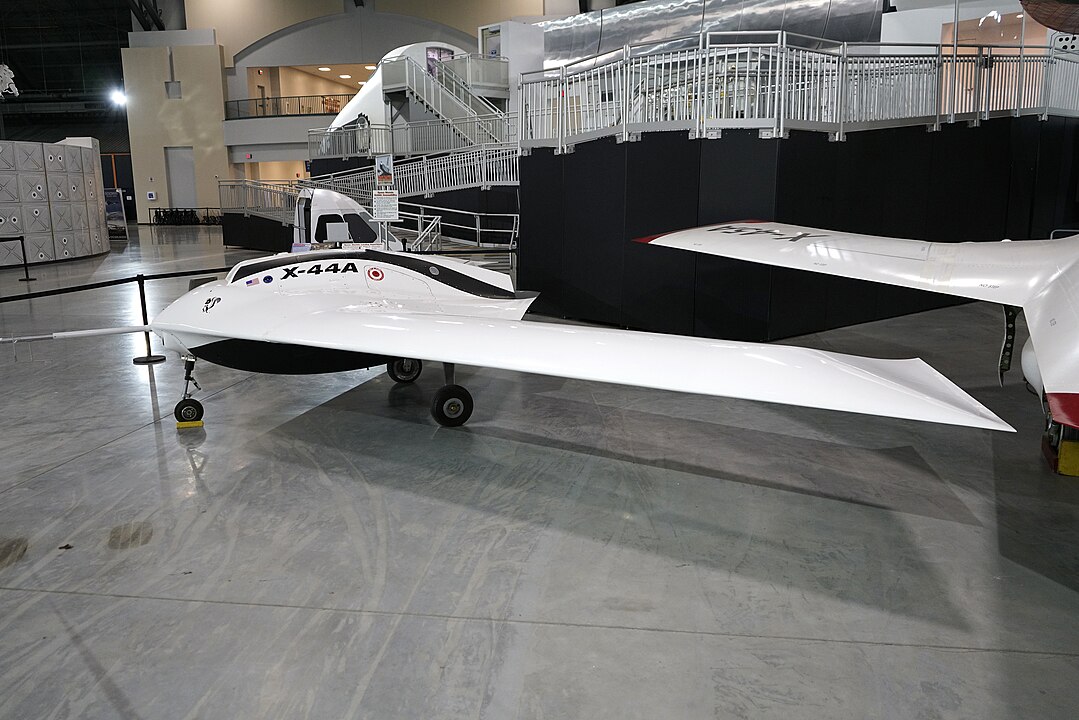
The Manta’s internal weapons bays, designed to reduce drag and improve efficiency, were expected to carry an impressive payload of Sidewinders, AMRAAMs, precision-guided bombs, and a 20mm internal cannon.
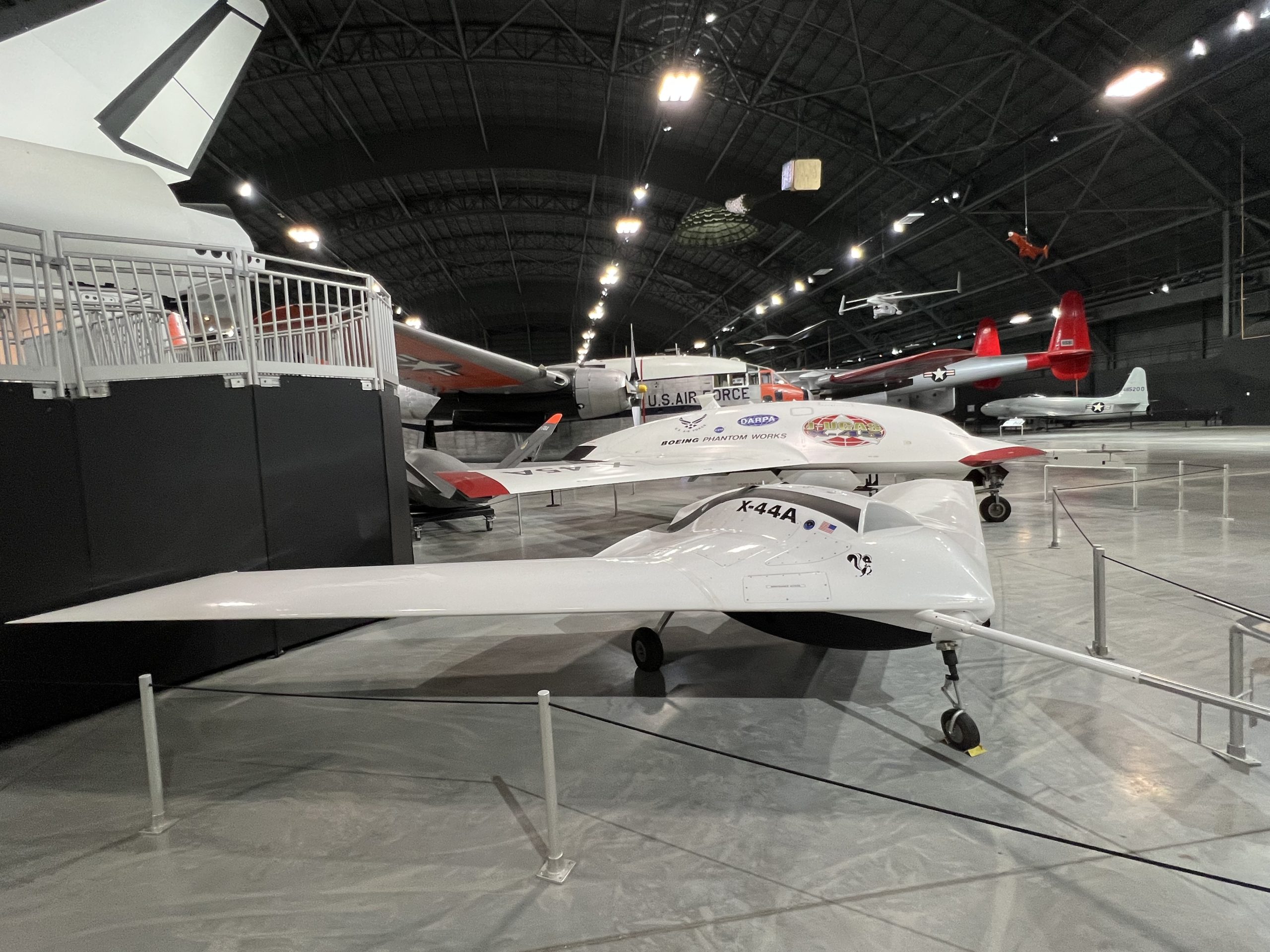
These specs not only promised a formidable fighting machine but also an aircraft that could “carry a whole lot more hate,” to echo the words of Alex Hollings on Sandboxx.
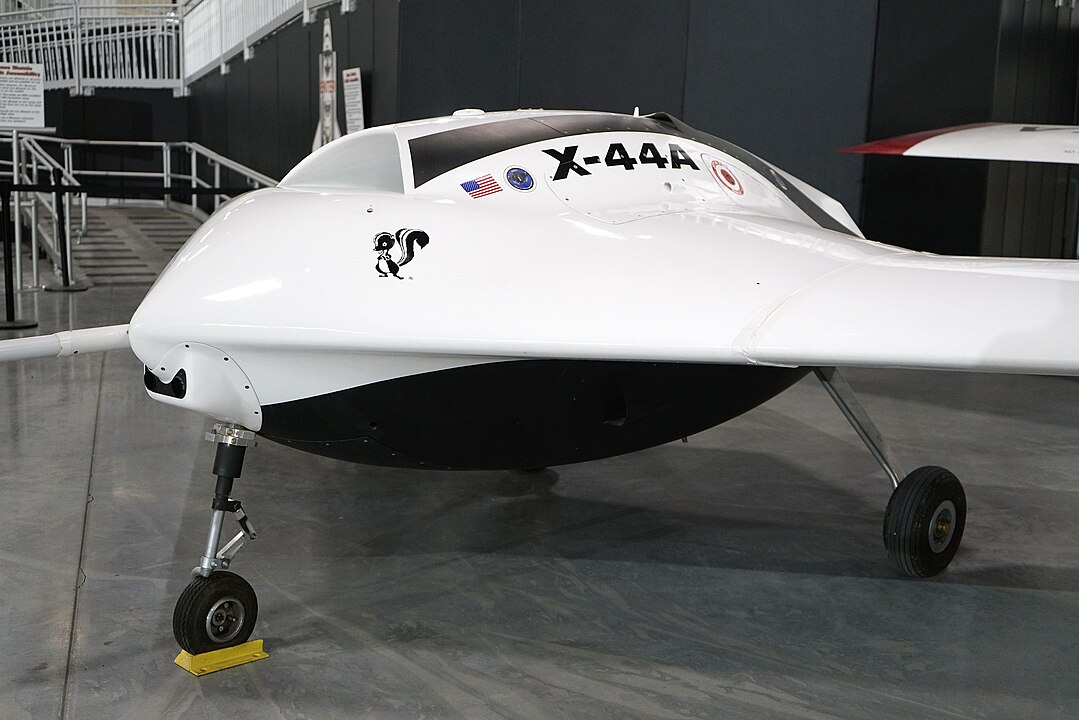
Fast forward to the present, the U.S. Air Force has reportedly constructed a prototype and conducted a test flight of the Next Generation Air Dominance (NGAD) fighter, with the U.S. Navy’s version, the F/A-XX, on its own developmental trajectory.

These programs aim to realize the 6th-generation stealth fighter.

Pratt & Whitney, a key player in aviation propulsion, has completed the U.S. Air Force’s critical design review of an advanced engine to power the NGAD.

This commitment to next-generation adaptive propulsion is a leap towards securing future air superiority with technology that melds rapid thrust and efficiency optimization.
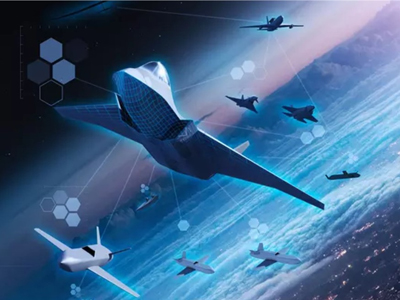
“Continued government funding for sixth-generation propulsion development must remain a high priority,” asserted Jill Albertelli, president of Pratt & Whitney’s Military Engines business.
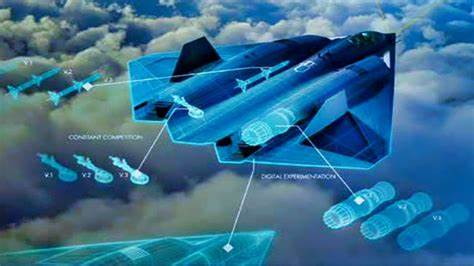
The NGAD’s core will be a system-of-systems architecture, with open standards enabling seamless integration with a fleet of crewed and uncrewed assets.
Relevant articles:
– X-44 Manta: What the New NGAD Stealth Fighter Could Someday Look Like?, The National Interest
– X-44 Manta: What the New NGAD Stealth Fighter Could Someday Look Like?, The National Interest
– Pratt & Whitney’s NGAD engine meets USAF design review, airforce-technology.com
– New in 2024: Who will win Air Force’s next-gen fighter contract?, defensenews.com
